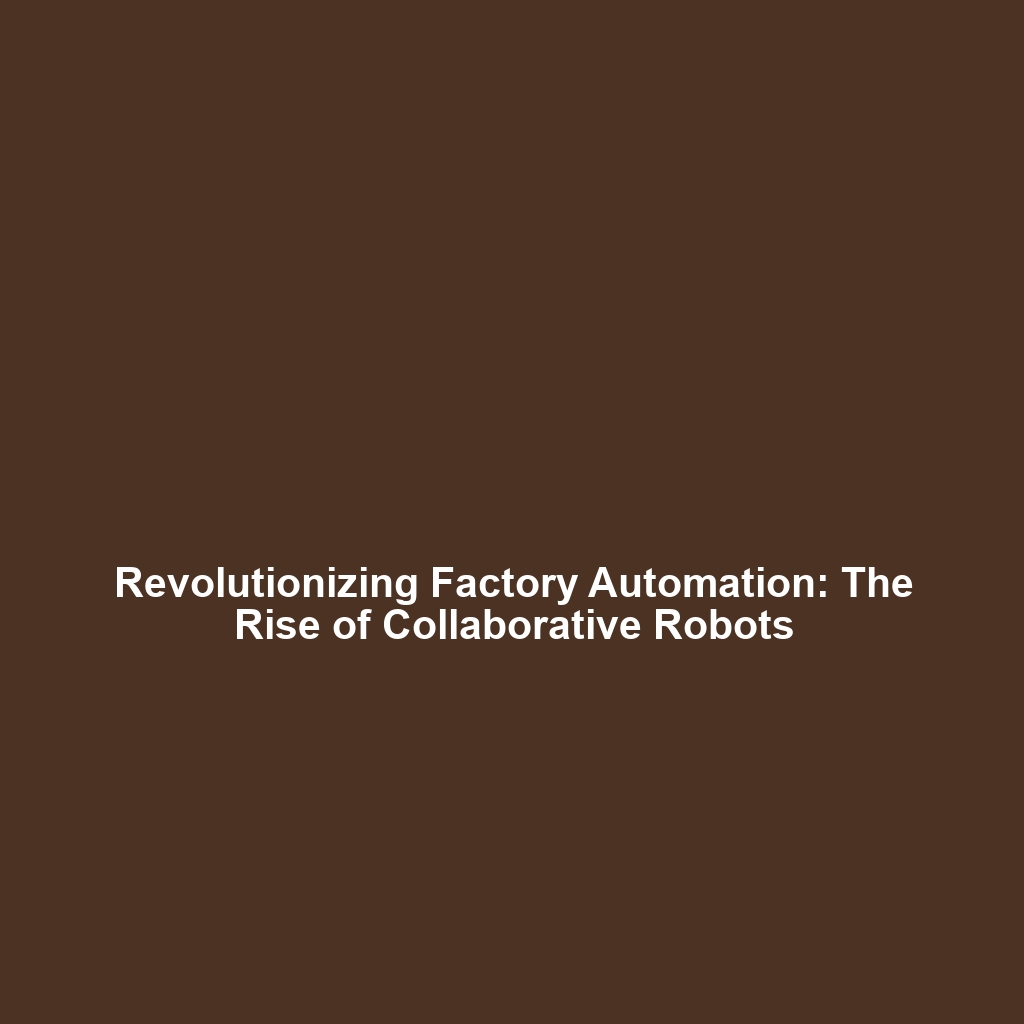The Gorgon Gas Project: Pioneering Carbon Capture & Storage
The Gorgon gas project, located off the coast of Western Australia, stands as the largest Carbon Capture and Storage (CCS) project globally. With an ambitious target of capturing and storing between 3.4 to 4 million tonnes of CO2 annually, this initiative plays a vital role in mitigating climate change and aligning with global carbon reduction commitments. This article delves into the significance of the Gorgon gas project within the CCS landscape, examining its operational principles, real-world applications, challenges, and future research avenues.
Key Concepts of the Gorgon Gas Project
The Gorgon gas project is more than just a site of natural gas extraction; it is a critical infrastructure development integrating advanced CCS technologies. Key concepts associated with the project include:
- Carbon Capture: The process of capturing carbon dioxide emissions produced from the use of fossil fuels in electricity generation and industrial processes.
- Carbon Storage: The long-term storage of captured CO2 in geological formations to prevent its release into the atmosphere.
- Enhanced Oil Recovery: Utilizing captured CO2 to improve oil recovery rates while simultaneously reducing greenhouse gas emissions.
By employing these principles, The Gorgon gas project contributes significantly to the broader goals of Carbon Capture & Storage (CCS) initiatives worldwide, providing insights into effective strategies for large-scale emission reductions.
Applications and Real-World Uses
The applications of The Gorgon gas project extend beyond its immediate CO2 capturing and storage capabilities. Significant real-world uses include:
- Climate Change Mitigation: Capturing large volumes of CO2 helps mitigate climate change by reducing greenhouse gas emissions.
- Industrial Innovation: The project fosters research and development in carbon capture technologies that can be applied across various industries.
- Economic Opportunities: The Gorgon gas project generates jobs and drives economic growth in Western Australia through investments in renewable energy technologies.
These applications illustrate how The Gorgon gas project’s efforts in CCS can significantly impact environmental and economic realms.
Current Challenges
Despite its monumental scale and significance, The Gorgon gas project faces several challenges and limitations:
- Technological Hurdles: Achieving the target of 3.4-4 million tonnes of CO2 capture requires ongoing technological advancements.
- Regulatory Barriers: Navigating the complex regulatory environment surrounding CCS projects can hinder timely implementation.
- Public Perception: There is often skepticism regarding the safety and effectiveness of long-term CO2 storage.
Understanding these challenges is vital for researchers and policymakers aiming to enhance the efficacy of CCS initiatives.
Future Research and Innovations
The future of The Gorgon gas project looks promising, with numerous upcoming innovations and research avenues. Anticipated developments include:
- Advanced Monitoring Techniques: Implementation of cutting-edge monitoring solutions to ensure the safety and integrity of CO2 storage sites.
- Next-Generation Capture Technologies: Research into more efficient carbon capture methods that could reduce costs and improve capture rates.
- Collaboration with Renewable Energy Sources: Integrating CCS with renewable energy generation, such as wind and solar, to create a comprehensive carbon management solution.
These innovations are crucial for the sustained success and scalability of the Gorgon gas project and similar CCS initiatives worldwide.
Conclusion
The Gorgon gas project represents a landmark achievement in the field of Carbon Capture & Storage (CCS), with its goal of capturing and storing significant volumes of CO2 contributing to global climate change mitigation efforts. As we explore the project’s applications, challenges, and future innovations, it becomes apparent that continuous support and research are essential for maximizing its potential. To learn more about CCS technologies and their impact on the environment, visit our related articles on carbon management strategies and innovative energy solutions.

